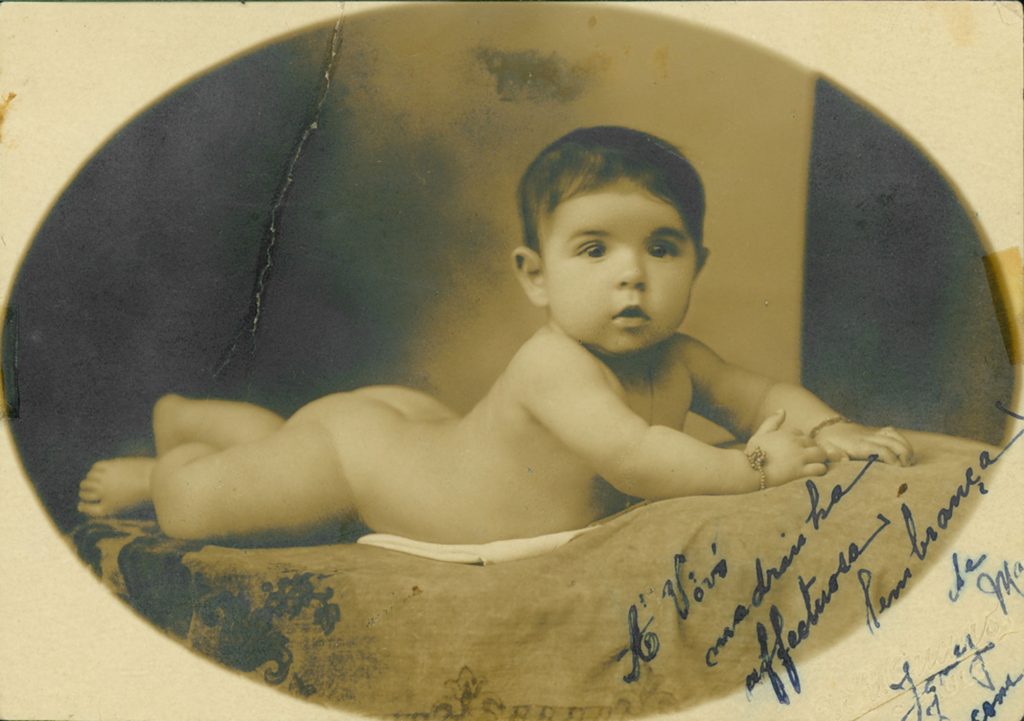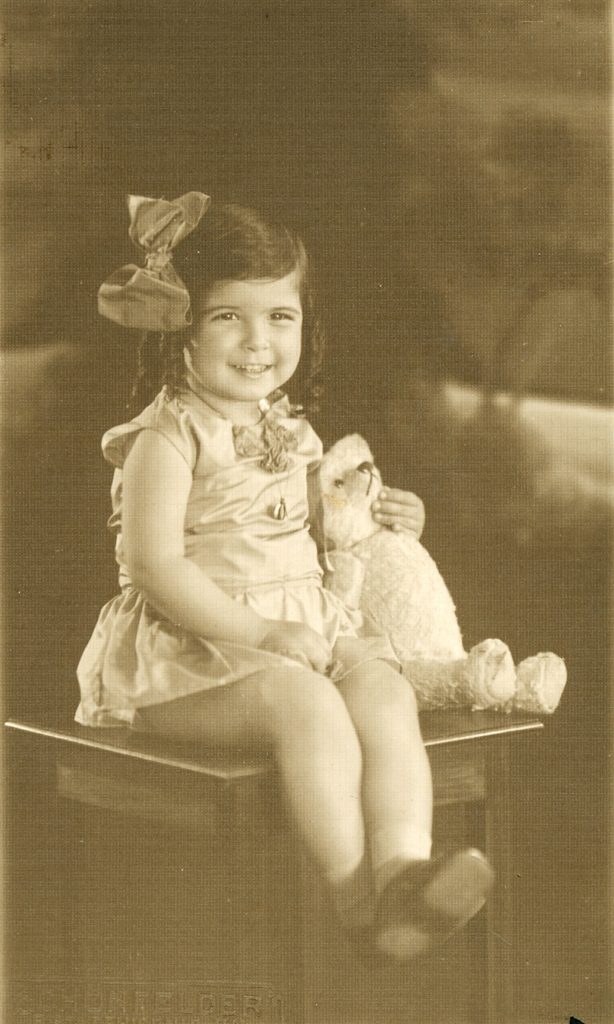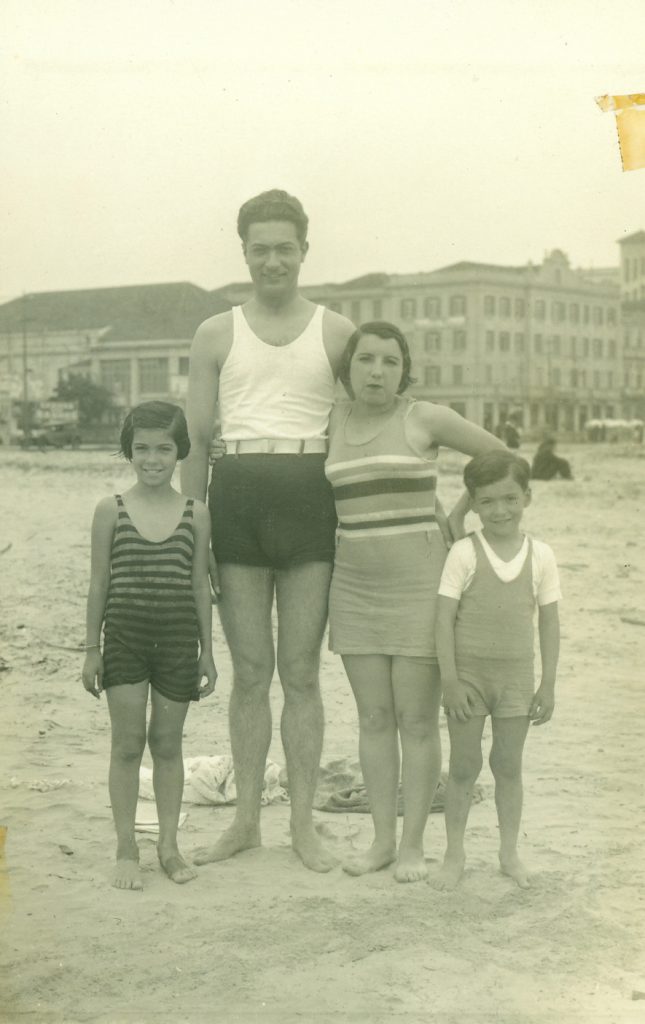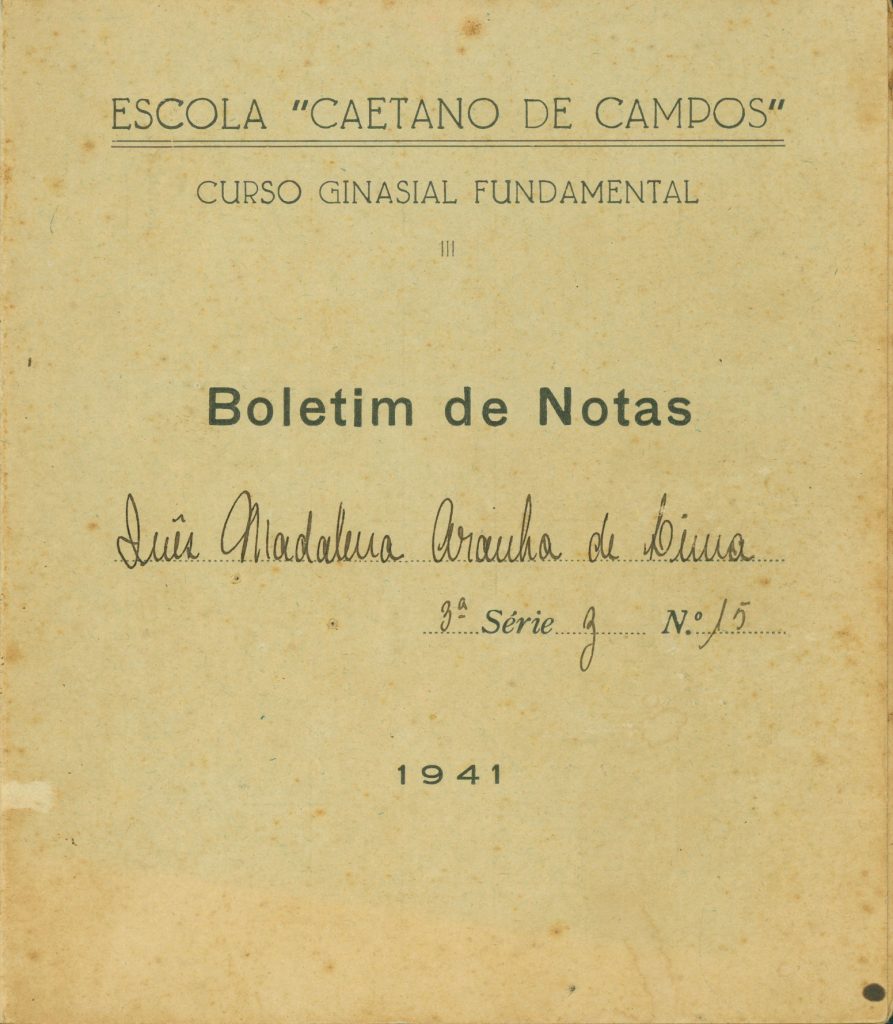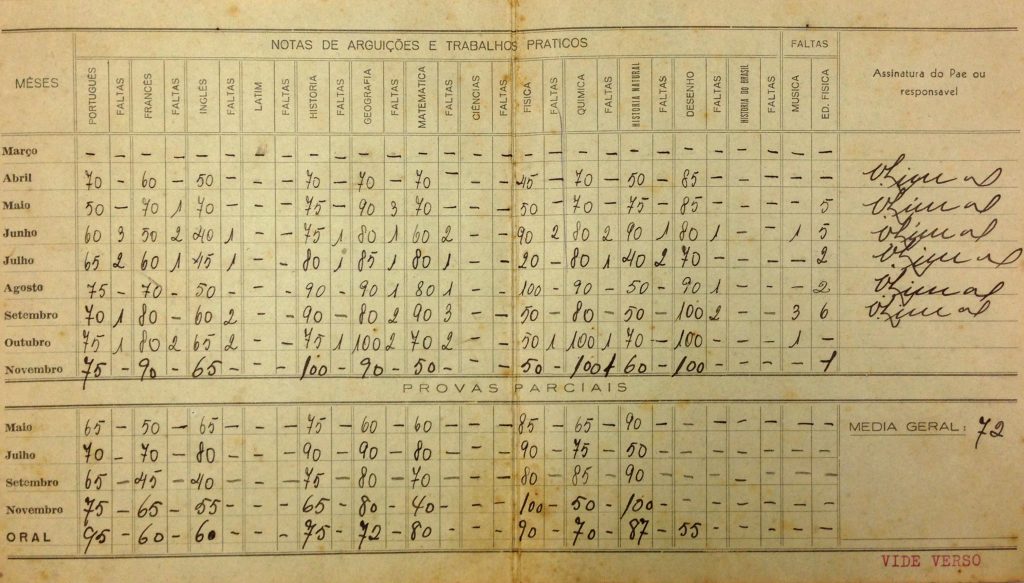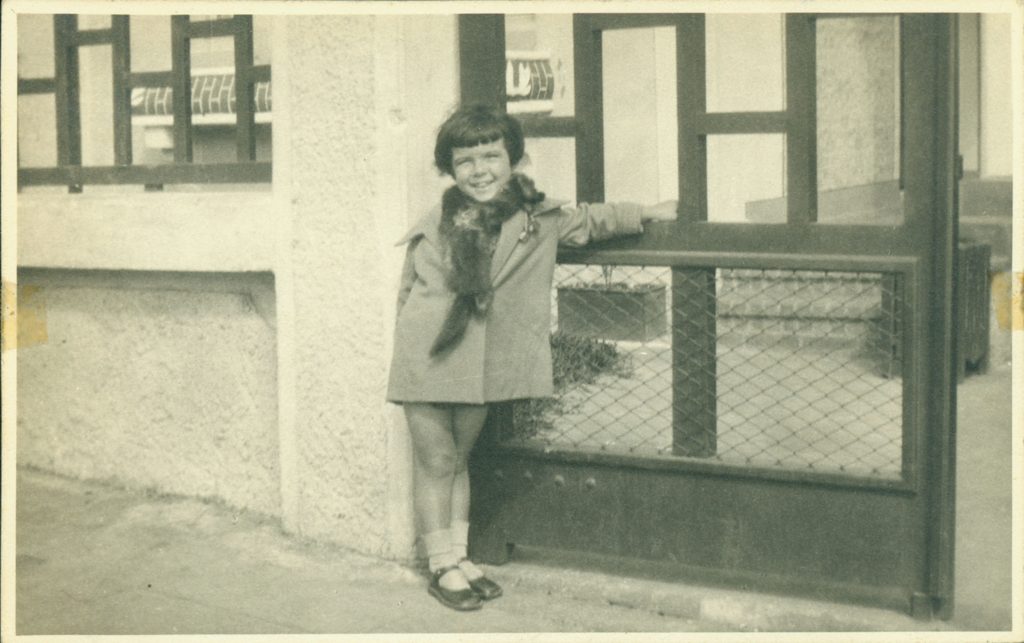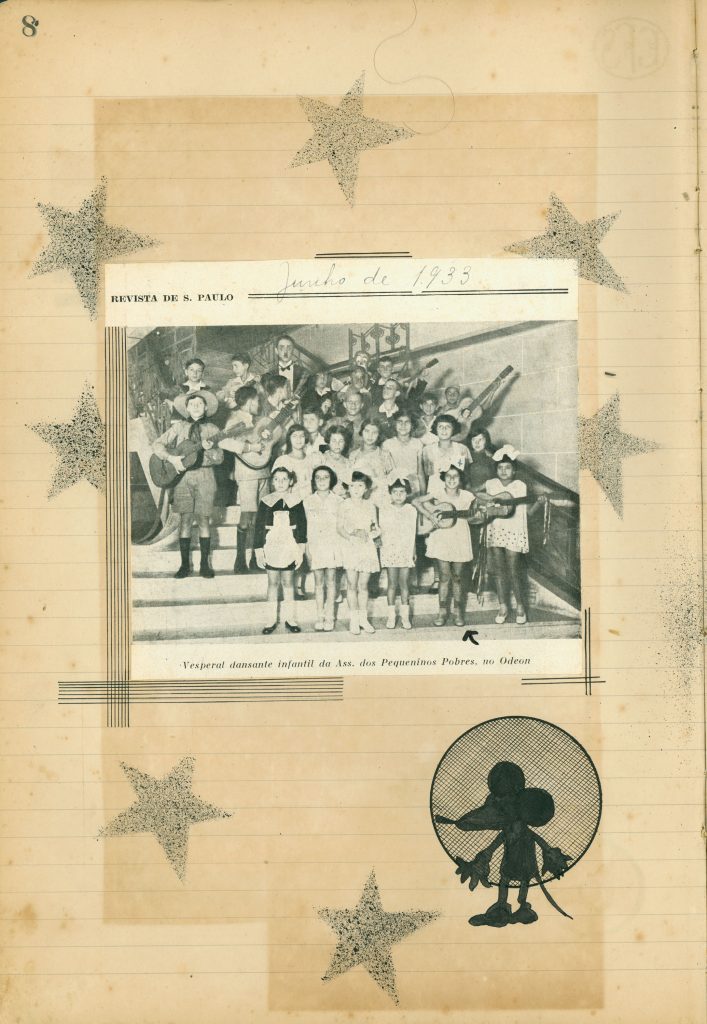By Paulo Freire*
* Curator of Ocupação Inezita Barroso, Paulo Freire tells the story of a 90-year-old lifetime, full of music and storytelling. Divided into six chapters (The girl, The family, The artist, The researcher, Ohh, how I love this show! and A legacy), the narratives spread through the site, mapping the life of one of the most important artists of Brazilian popular culture. Welcome to the beginning of this beautiful journey.
Ignez Magdalena Aranha de Lima was born on March 4, 1925, at Barra Funda neighborhood, in São Paulo. Why so many ‘gs’?”, Inezita used to joke about her name. Daughter of Olyntho Ayres de Lima and Ignez Almeida Aranha, she was born during Carnival holiday, in the moment when the group that would become the Camisa Verde e Branco samba school passed by her house. This was the first sound Inezita listened to. She used to say that, from this moment on, her passion for music was also born.
From a traditional family of São Paulo, she studied piano since childhood. When she saw her aunt having guitar classes, she was amazed and played the instrument hidden from everybody, since this activity was not considered “girlish”. Inezita spent her vacations at the farms of the family, in the countryside of São Paulo, where she got in contact with “caipira” culture, people storytelling, music and the viola. There, a wider passion found grounds to grow. During an interview with the producer Aloísio Milani, Inezita talked about her time in the farm: “I used to escape with my cousins to meet the caipiras, the employees who played music. I pretended I was going to see a beautiful new born calf with Geraldo and would be right back, but I wasn’t true. I fled to the viola meeting”.
A brand new world was opening up. In the farms she was in contact with different popular manifestations, learned “modas de viola”, “cururus” and “catiras”. When she went back to the city, she would play in parties, meetings, children’s groups, singing music from the composers of that time such as Chico Alves and Orlando Silva, tangos and waltzes.
If playing the guitar was not appropriate in the society of that time, imagine the viola! Unbearable. Despite familiar resistance, when the girl started to sing the repertoire from the countryside and the city with her beautiful voice, everybody surrendered.
At the age of 10, Inezita founded a library in the garage of her house and started to develop another passion: books. She bound titles, lend to friends and read to her cousins. She plunged into Monteiro Lobato’s work.
She studied at Caetano de Campos school, downtown São Paulo, where she enrolled in Library Science. She was as intern at the college’s library, having the opportunity to read all the books by Graciliano Ramos, Jorge Amado and Érico Veríssimo. One of her aunts lived nearby Mário de Andrade and Inezita was fascinated by this tall, big and dark-skinned man. As time when by, she started to read all his books. A absolute Brazilian conscience was definitely in her character. She was touched when she bumped into him on the street. She read Macunaíma more than once. “It’s an amazing and compelling book, which applies non-logical situations to represent Brazil’s formation in a comic and serious way. Macunaíma was the anti-hero. A text that tears apart the idea that things fit only right places”, she used to say.
Inezita made up a whole environment, a place where the woman living intensively the 20th century would fit.
Keep reading here.
